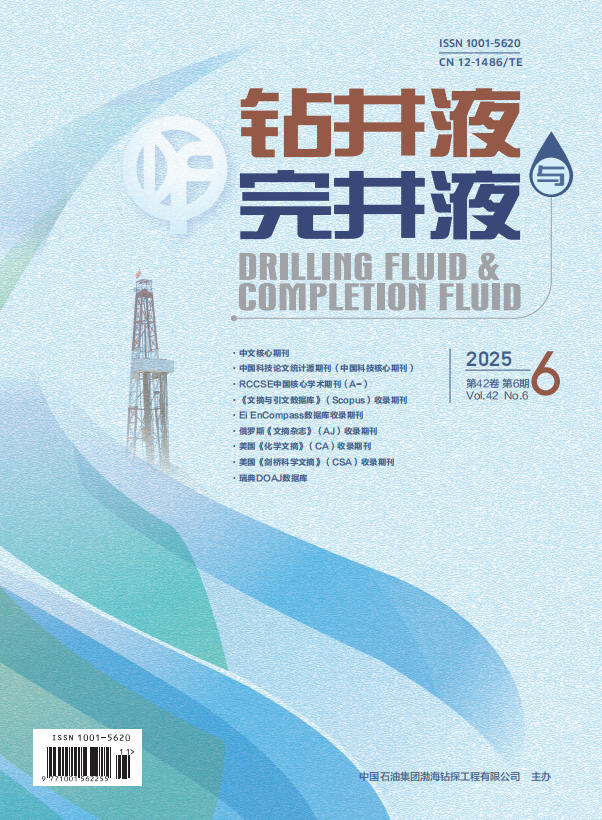Abstract:
Slow-release self-gel-breaking completion fluid for multilateral wells is a new kind of wellbore working fluid. With its special self-gel-breaking capacity in reservoir, this completion fluid helps avoid conventional acid jobs and gel-breaking operation in well completion, and is thus an important technology linking the acid job with subsequent open hole gravel packing. In laboratory study, based on the reservoir characteristics of the multilateral wells in block Enping in Nanhai Oilfield, the design principle of the slow-release self-gel-breaking completion fluids was analyzed, the flow pattern regulator high pyruvate xanthan gum was selected and characterized, and the gel-breaking capacity and reservoir protection performance of the slow-release self-gel-breaking completion fluid was examined. The study showed that the method of designing the low-release self-gel-breaking completion fluid was established based on the structure-function relationship between the core additive xanthan gum and the self-gel-breaking performance of the completion fluid, combined with the gel-breaking and gel-protection synergistic effect. The molecular weight of the synthesized xanthan gum modified with pyruvic acid is 8.06×106, and the content of pyruvate in the modified xanthan gum molecule is as high as 7.9%. Compared with conventional xanthan gum, the high pyruvate xanthan gum has conformation transition temperature and thermal stability that are both significantly reduced, and has no temperature threshold, rendering the high pyruvate xanthan gum better slow-release degradation property. For the slow-release self-gel-breaking completion fluid formulated, the self-gel breaking was adjusted through the combined use of high pyruvate xanthan gum and gel-protection agents, and the time for the self-gel-breaking was controlled between 5 days and 17 days. Blocking of pores of reservoir rocks was eliminated after gel-breaking of the completion fluid, and the average percent permeability recovery of cores taken from reservoir rocks can be as high as 90.36%±0.23%, proving that the slow-release self-gel-breaking completion fluid has good reservoir protection capacity.



